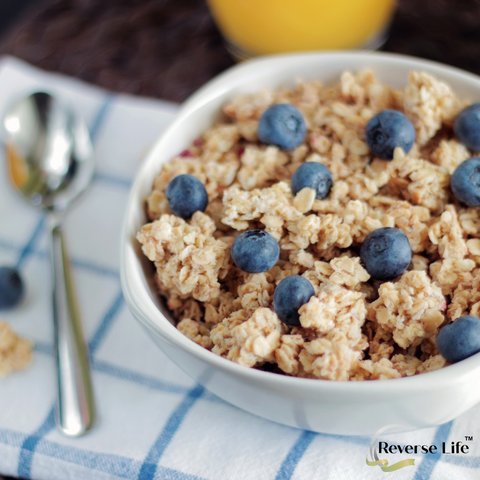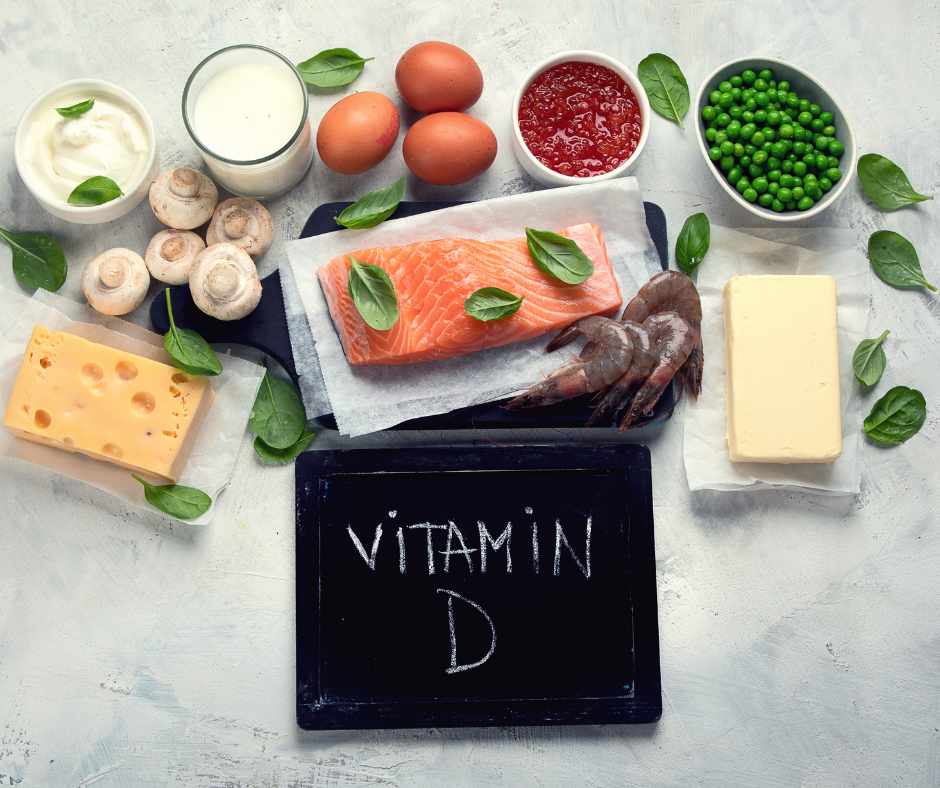It’s that time of the year again! The days are shorter and darker making it ten times harder to get out of bed in the morning. I know lots of us would rather be sipping on a nice cuppa and watching films all day!
Another unfortunate downside to the shorter and darker days is we’re not getting as much Vitamin D. Vitamin D is the only nutrient produced in our bodies from the sun, so during winter it’s important we’re taking extra supplements and eating a well-balanced diet to give ourselves what we need.

The NHS recommends taking at least 10 Micrograms of Vitamin D a day, and taking no more than 100 Micrograms. There are ways to include it in your diet, some of your favourite foods will certainly contain it!
We take a look at 7 Vitamin D-rich foods that you can have in your diet this winter.
Salmon

Salmon is very high in Vitamin D. In just one piece there’s around 526 IU (around 13.2 Micrograms).
Other oily fish are also very high in Vitamin D. There’s a variety of ways to cook and use it. One of our favourite salmon meals includes putting red pesto on the top, popping it in the oven for 20 minutes, boiling some new potatoes and putting some seasoned tenderstem broccoli with it. Delicious!
Eggs

How do you like your eggs in the morning?
1 boiled egg contains 87 IU of Vitamin D (around 2.8 Micrograms).
We could quite easily have eggs for breakfast, lunch and dinner. Like salmon, there are a variety of ways to have eggs. Make sure to include the egg yolk as this is where the Vitamin D comes from. Try scrambled eggs on toast for breakfast, or poached eggs and avocado for lunch, or if you want them for dinner then nothing beats a good omelette!
Mushrooms

Around 100 grams of mushrooms contain 7 IU of Vitamin D (around 1 microgram). It’s one of those vegetables that you either love or hate. Personally, we love mushrooms! You can throw them into just about any meal, whether that be pasta or with a nice steak, or even mix them into your omelette!
Cow's Milk and Soya

1 cup of cow’s milk contains 2.4 IU of Vitamin D (around 0.6 Micrograms) and soy milk can contain 116 IU (2.9 Micrograms). It’s a great source of vitamin D and you can easily include it in your diet! Some people start their day drinking a cup of milk, or you can put it in your cereal.
Orange Juice

One glass of Orange juice can start your day with up to 100 IU of Vitamin D (around 2.5 micrograms.) As well as this, orange juice is packed with antioxidants which is great for your Immune system! You can include your orange juice in a smoothie, or even drink it by itself.
Cereals

Good news Reverse Lifer’s! Many of our favourite cereal brands are starting to include Vitamin D in them. This includes cocoa pops, Rice Krispies, Krave and Honey Loops. We do however like to stick to our bran flakes as a healthier alternative.
The Vitamin D in products like milk and cereal is known as fortified meaning it’s not naturally in there, producers put it in themselves. The amount of Vitamin D in our favourite cereals can range from 54-136 IU, so make sure to always read the nutritional info if you’re looking for a cereal high in Vitamin D.
Cheese

We always do a double take when someone says they don’t like cheese. It’s one of the most desirable foods, you have to admit! How satisfying and mouth watering it is when you get that extra stringy bit of cheese on a pizza that seems to stretch for miles!
The good news is that about 100 grams of cheddar cheese contains about 24 IU (0.6 micrograms) of Vitamin D.If you don’t know what to do with cheese then we have to admit, you’ve certainly been living under a rock (and missing out)! But a good old cheese sandwich is an idea, or grating some over your omelette or pasta is also just as delicious.
If you’re looking for more ways to include Vitamin D in your diet, we highly recommend you take Reverse Life Original collagen formula. With added Vitamin D, it's the perfect supplement until sunnier days are back.
If you’re looking for more nutritional information, you might be interested in How Much Protein Do I Need a Day?


